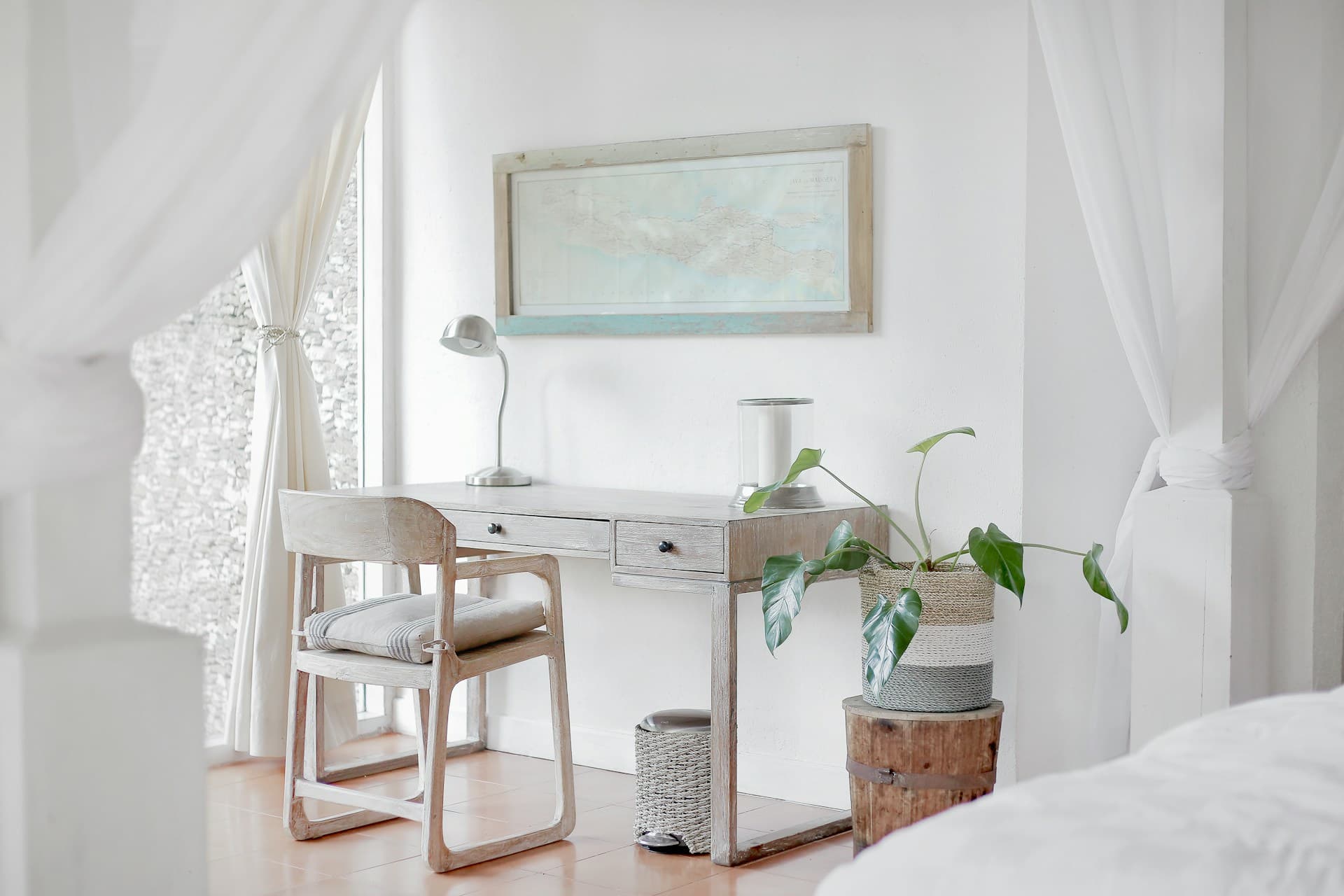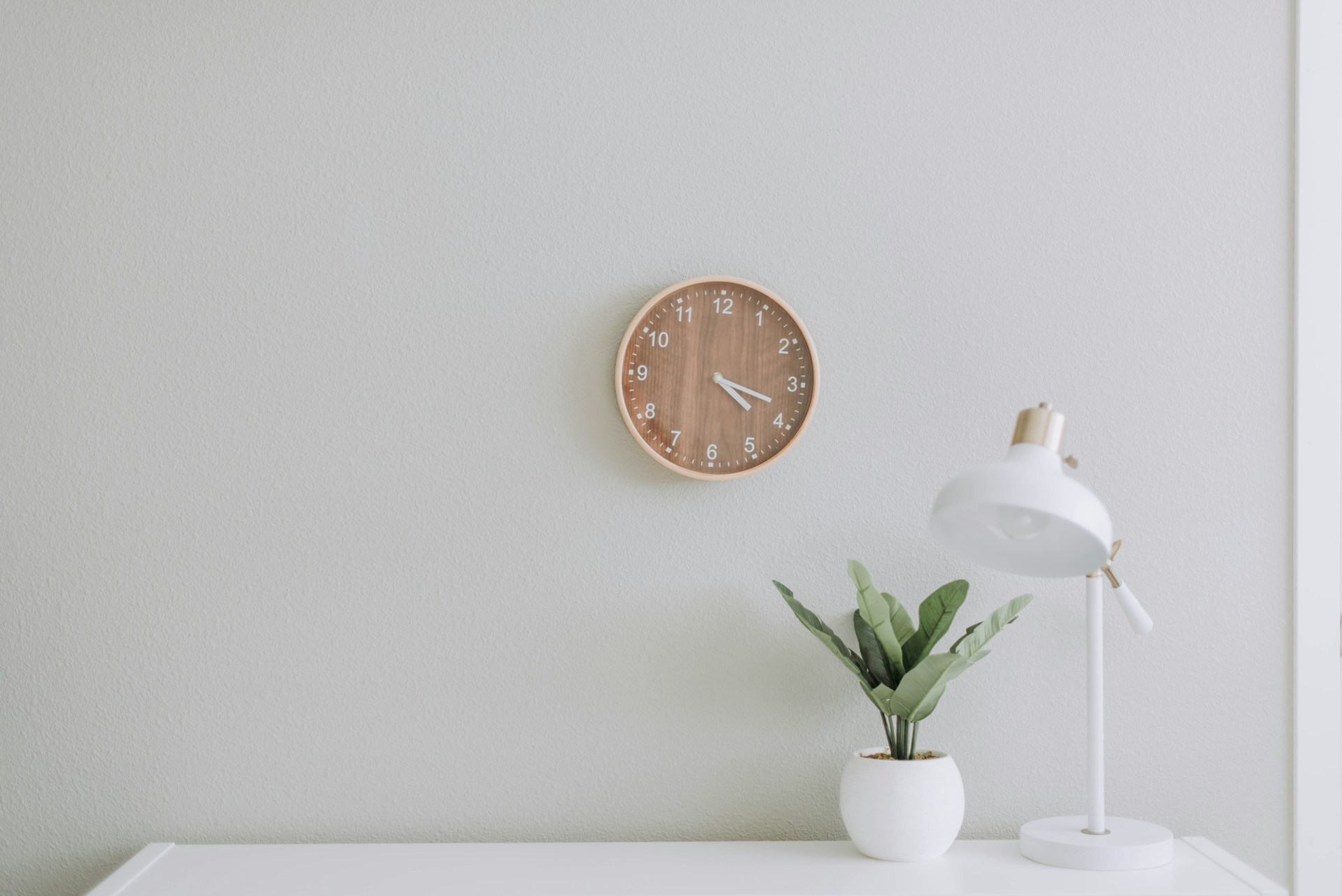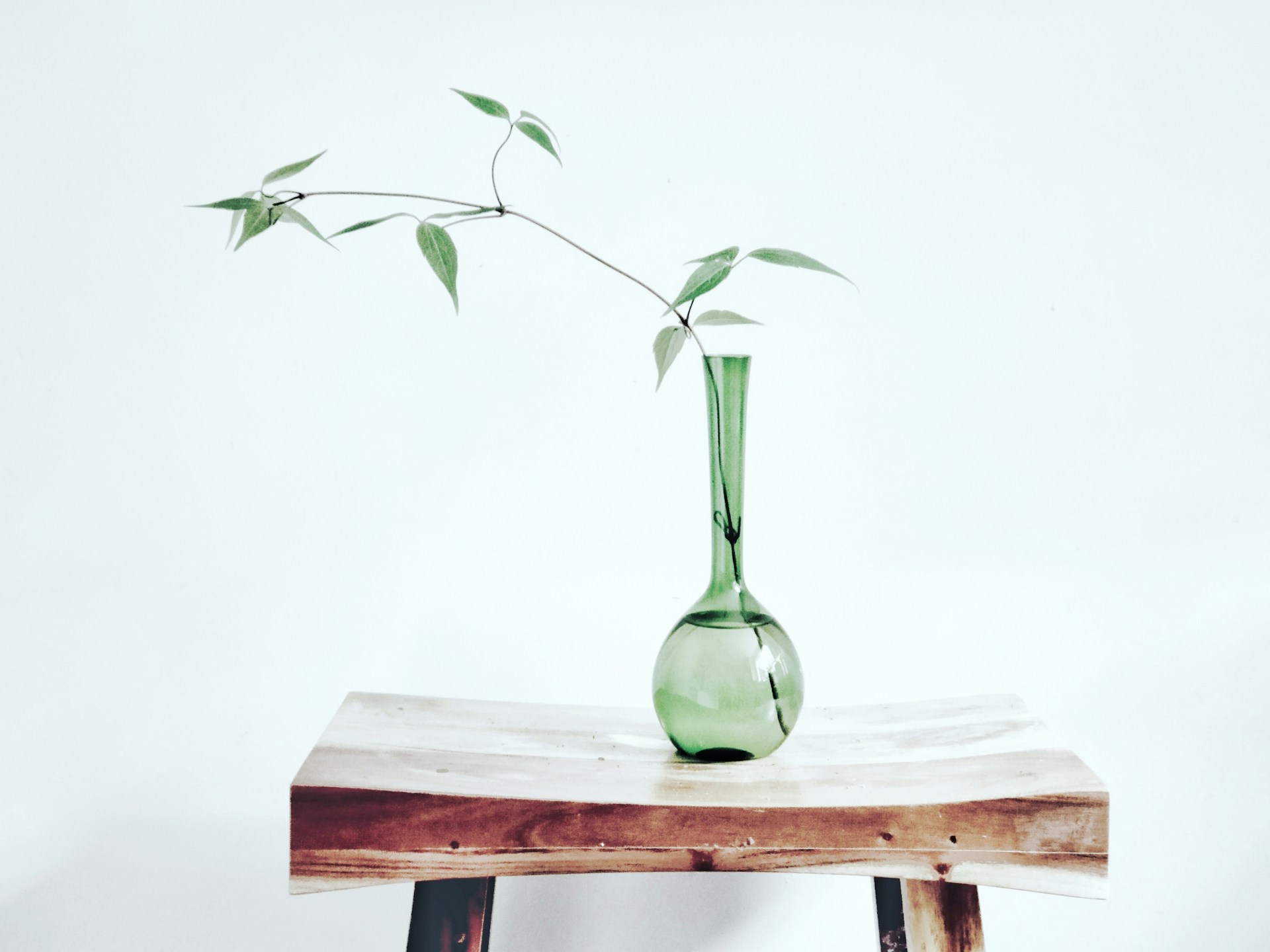
The Ultimate Guide to Minimalist Living: Simplify Your Life in Style
Minimalism is more than just an aesthetic trend—it’s a lifestyle that promises freedom from clutter, excess, and stress. With so much competing for our attention and time, minimalism can offer a way to simplify, prioritize, and live more intentionally. In this guide, I'll walk you through everything you need to know to live minimally, including practical tips to get started, stay on track, and thrive. Whether you want to declutter, save money, or enjoy life more fully, minimalist living might be your next best adventure.

What Is Minimalist Living?
Defining Minimalism Beyond the Aesthetic
Minimalism is often associated with clean lines, neutral colors, and sparsely furnished spaces, but it’s about so much more than looks. At its core, minimalism is a lifestyle that encourages removing excess to focus on what truly adds value to your life. Minimalism invites us to ask, “What do I truly need?”—and then act on that answer.
Why Minimalism Matters Today
Living in a world full of distractions, ads, and seemingly endless choices, minimalism becomes an antidote to stress and overwhelm. A minimalist lifestyle can help us simplify, save time, focus on relationships, and even feel happier with less.
The Benefits of Adopting Minimalism
Mental Clarity and Reduced Stress
One of the biggest benefits of minimalist living is the mental clarity that comes from decluttering and simplifying. Without a constant reminder of things left undone, you’ll find your mind has more space to focus on what truly matters.
Financial Freedom
Minimalist living encourages intentional spending, which can lead to significant savings. By only buying what you need or genuinely want, you save money and reduce the habit of impulse buying.
Increased Focus on Relationships
With fewer possessions to manage, minimalism allows us to focus on the people in our lives. Time that would be spent on managing, cleaning, and organizing is instead invested in meaningful experiences and relationships.
How to Start Your Minimalist Journey
1. Define Your Why
Every minimalist journey is unique, and knowing why you want to pursue minimalism will keep you motivated. Maybe you want to reduce stress, save money, or find more time for hobbies and relationships. Whatever your reason, write it down and revisit it often.
2. Declutter by Category, Not by Room
Decluttering can be overwhelming, especially if you tackle it room by room. Instead, try decluttering by category. Start with clothes, move to books, then papers, and so on. This method, often called the KonMari Method, is an effective way to stay organized.
3. The “One in, One Out” Rule
Whenever you purchase something new, let go of something else in the same category. This keeps the clutter in check and makes sure that every item you own has a purpose and place.
Practical Minimalist Tips for Every Room
Minimalism in the Kitchen
Your kitchen is often one of the most cluttered areas in the house. Start by clearing out duplicate items, expired food, and unused gadgets. Invest in multi-purpose tools like a good chef’s knife and a sturdy cutting board. You’d be surprised how easy it is to prepare meals without all those extra utensils.
Minimalism in the Bedroom
A bedroom should be a sanctuary. Focus on quality sleep by decluttering your space. Limit items to essentials—a bed, a bedside table, maybe a lamp. Ditch anything that doesn’t contribute to a peaceful atmosphere. Even your closet can become a minimalist haven by building a capsule wardrobe with versatile, high-quality pieces.
Living Room Minimalism
In your living room, reduce décor items and opt for quality over quantity. Choose a comfortable couch, a few pieces of art that resonate with you, and plenty of natural light. Avoid cluttering surfaces; let your coffee table and shelves breathe.
Digital Minimalism: Streamline Your Digital Life
Declutter Your Digital Devices
It’s easy to let digital clutter build up—think files, photos, and apps you no longer use. Set aside time to delete old files, organize your photos, and keep only the apps you genuinely use. Not only does this free up storage, but it also reduces screen fatigue.
Limit Your Screen Time
Practicing minimalism also means intentionally choosing how you spend your time online. Set daily limits on apps, turn off notifications, and schedule device-free time to focus on offline activities that bring joy.
Email and Social Media Decluttering
Unsubscribe from newsletters you never read and unfollow social media accounts that don’t inspire or uplift you. Keep your inbox and feed clean and intentional.
Minimalism for the Mind: Mental and Emotional Decluttering
Embrace Mindfulness
Minimalist living and mindfulness go hand in hand. Practicing mindfulness helps you to focus on the present moment, letting go of worries about the future or regrets about the past. This emotional decluttering can lead to a more peaceful and fulfilled life.
Set Boundaries for Mental Space
Boundaries can be as important as decluttering physical items. Say “no” to activities that don’t align with your goals or values, and carve out time for what truly matters to you.
Building a Sustainable Minimalist Wardrobe
What is a capsule wardrobe?
A capsule wardrobe is a collection of essential, versatile clothing items that you can mix and match. It’s an ideal approach for minimalists because it reduces the need for excessive clothing while making dressing easier.
Tips for Curating Your Capsule Wardrobe
Start with neutral colors and versatile pieces. Invest in quality basics that work for various occasions, and stick to items that reflect your personal style. Minimalism is not about sacrificing style; it’s about simplifying it.
Sustainable Minimalist Living: Eco-Friendly Choices
Reduce, Reuse, Recycle
Minimalism and sustainability go hand in hand. By reducing what we buy, reusing what we have, and recycling responsibly, we can reduce our environmental impact. Opt for reusable containers, bags, and sustainable materials.
Buy Less, Buy Better
Minimalists focus on quality over quantity. Buying fewer, high-quality items that last longer is better for the environment and your wallet in the long run. Invest in pieces that serve multiple purposes and have a low environmental footprint.
Minimalist Budgeting: Manage Finances Mindfully
Prioritize Essential Spending
Minimalist budgeting means spending money only on what’s necessary and meaningful. Create a budget that prioritizes necessities like housing, food, and transportation and limits spending on non-essentials.
The 30-Day Rule
The 30-Day Rule helps curb impulse buys. When you want to buy something, wait 30 days. If you still want or need it after a month, then it’s likely worth the investment. Often, you’ll find that the desire fades, and you’re glad you didn’t buy it.
Staying Motivated on Your Minimalist Journey
Track Your Progress
Celebrate small wins, whether it’s a room you’ve decluttered or a month of mindful spending. Tracking your progress keeps you motivated and reminds you of the positive impact minimalism has on your life.
Connect with a Community
Find a community, either locally or online, of people who also follow a minimalist lifestyle. Sharing experiences, challenges, and triumphs makes the journey more enjoyable and sustainable.
Conclusion: Embrace Minimalism and Thrive
Living minimally is a journey of self-discovery and simplicity. It’s about prioritizing what truly matters, freeing yourself from unnecessary burdens, and crafting a life filled with purpose and intention. Minimalism won’t look the same for everyone, but the beauty of this lifestyle lies in its flexibility. You don’t have to go all-in overnight; even small steps can bring big changes.

FAQs
1. How do I start with minimalism if I have a lot of sentimental items?
Start small by focusing on items that hold less emotional attachment. Over time, you may find it easier to part with things once you realize that memories can exist without physical items.
2. Is minimalism just about decluttering?
No, minimalism is a holistic lifestyle choice that includes simplifying your possessions, routines, and even mental space to prioritize what adds true value to your life.
3. How can minimalism save me money?
Minimalism encourages intentional spending, meaning you only buy what you need or genuinely want. This reduces impulse buying and can lead to substantial savings over time.
4. What is a capsule wardrobe, and why is it part of minimalism?
A capsule wardrobe is a limited collection of versatile, high-quality clothes that can be mixed and matched. It’s part of minimalism because it simplifies decision-making and reduces the need for excessive clothing.
5. Can I practice minimalism even if I have a family?
Absolutely! Minimalism is flexible and can be adapted for families. Start with personal spaces or involve the family in activities like decluttering and prioritizing shared values to make it a collective journey.
Embarking on a minimalist lifestyle is about crafting a life of quality over quantity—something that pays off with peace, happiness, and clarity in the long run. So why not give it a try?
